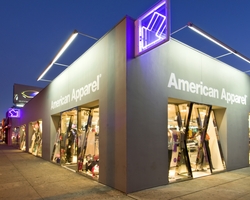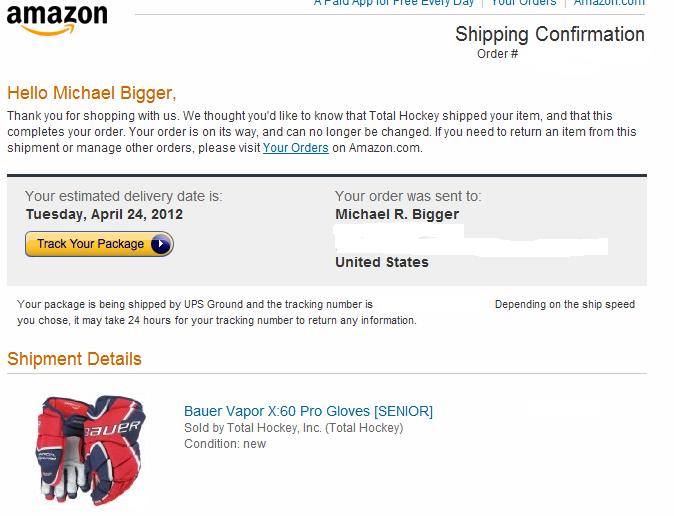Time to Sell American Apparel?
Written by Michael Bigger. Follow me on Twitter and StockTwits.
P.S. Please do your research before you trade the stock. This is a highly risky situation and it is not suitable for the majority of investors. The purpose of the post is to write down how I think about this and share it with you. I am currently long APP.
Make sure you GET PAID!
Back in 2008, I contemplated investing in a liquor store. I discovered I would have needed to purchase a substantial amount of quantity in order to get the lowest prices on each kind of alcohol, resulting in a sizable initial investment to purchase the inventory. With such a large initial investment requirement (I estimated it at about half of a million dollars), one would think that margins on the business going forward would be relatively high. What I found was that the average gross margin (just revenues minus COGS) not even counting overhead)) was around 5-10%. I did not make the investment.
Thinking about it years later, it makes total sense. A grocery store’s food can spoil. A restaurant has so many moving parts (wait staff, chefs, tons of ingredients to purchase). etc. The risks to those businesses are so much higher. How much can go wrong in a liquor business? Products don’t (typically) spoil. There aren’t so many SKUs. It’s an extremely “clean” business model, easy to mange = not as many risks. The profits “needed” to make it worthwhile – to compensate for the risks taken – do not need to be so high.
I learnt a valuable lesson from this, which I apply to my investments all the time. For every risk an investment has, the investment should have the ability to earn you a higher return when compared to an equivalent investment ex that risk.
You need to be compensated for the risks that you are taking.
So while I focused on the “after the fact” in last week’s post titled Hindsight is always 20/20, the same holds true when initiating an investment.
Look at APP… @biggercapital has been talking about it a lot recently on his blog. Their CEO is a risk. The company’s balance sheet is a tremendous risk. Even with their recent capital infusion, their ability to finance future operations will be a challenge. For these risk, (and many more that I’m sure they have) you should be awarded a higher return.
Is it a wise investment at this stage? I don’t know. One thing I am sure of however, is that if you are buying it to make a 10% or 20% return, you are making a huge mistake. You should a have much higher hurdle rate – a required minimum return – to invest in a situation like that. (Michael Bigger has mentioned many times in the past that he’s looking for well over a 100% return on it (& he has had a good record with other apparel companies in similar situations. See CROX))
So whether you own or plan on buying APP or a similar company, make sure you’re properly playing the odds.
Make sure you GET PAID!
- MicroFundy

 Thursday, September 13, 2012 at 11:45AM
Thursday, September 13, 2012 at 11:45AM





